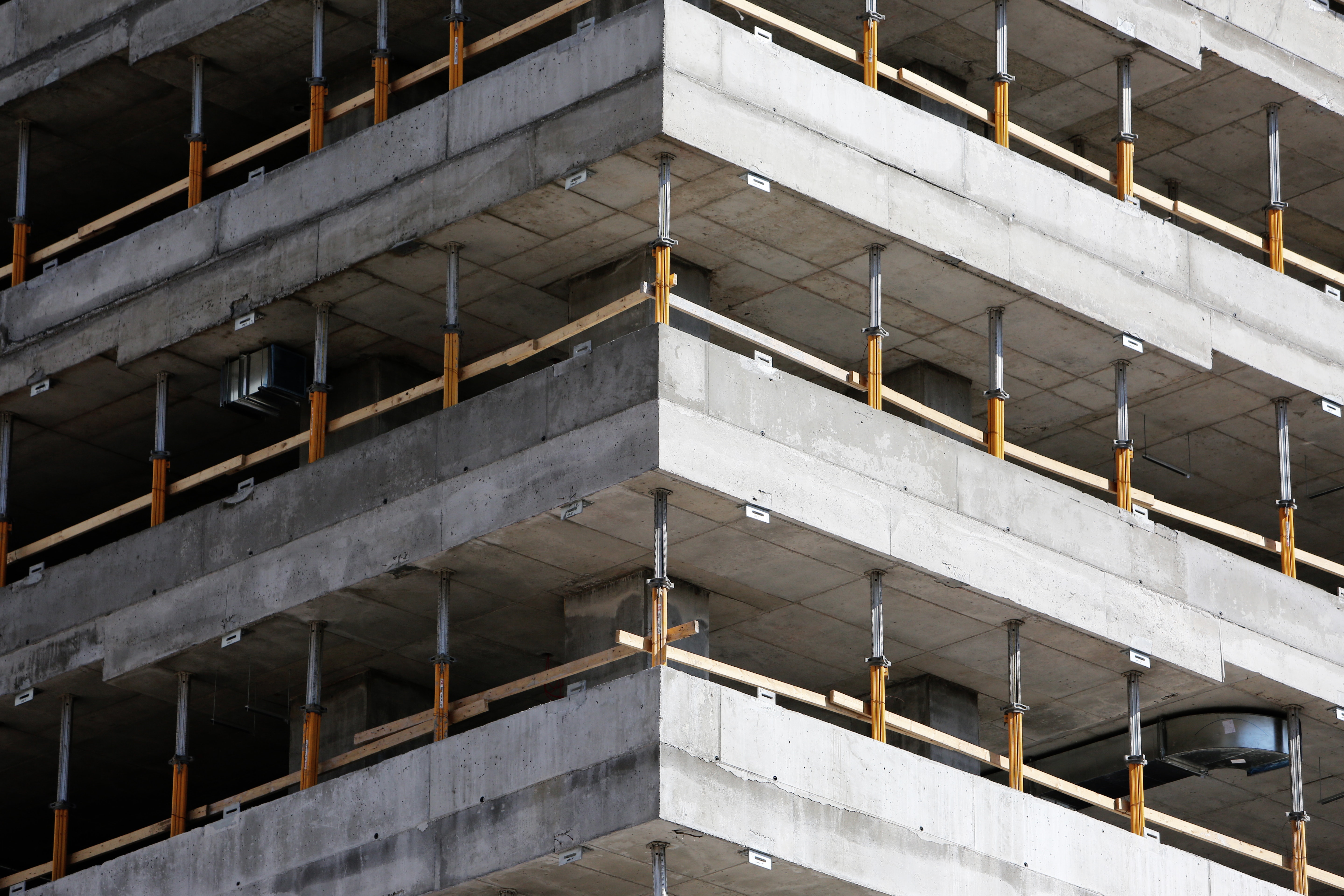
Concrete is often thought of as the prime culprit of urbanization and urban planning wrongdoings. However, the reality is much more complicated. Concrete is the key material for any construction site, and is unrivalled when it comes to its structural performance and architectural possibilities. Thanks to its structural properties and its thermic inertia, concrete is also an essential material to achieve buildings’ ecoconception, which the principle is based on the proper use of construction materials to make the most of their attributes. Louis Vicat first invented cement, and as Balzac pointed out in 1839, Vicat was “the one among us who has brought about the only real progress in the practical science of construction”. Resistant, durable and versatile, it remains one of the key solutions for building tomorrow’s cities. As such, it’s the object of major innovation, mainly concerning its environmental impact and how it’s used. Builders, cement manufacturers, startups – the whole industry is getting in on the act, falling back in love with concrete.
Taking environmental action
4 billion tons of cement are produced each year worldwide. Cement, the most polluting element of concrete, is responsible for 5 to 6% of global CO2 emissions. Reducing concrete manufacturing’s carbon footprint has thus become a priority, and the cement industry is aiming to divide its footprint by five by 2050. To help reach this goal, several approaches are emerging: new formulas, carbon capture and storage, alternative fuels, recycling leftover demolition waste – they’re all on the agenda. In France’s Vendée department, Hoffmann Green Cement Technologies now runs the country’s first green cement plant. They produce cement without clinker, for the clinker-making process is an energy guzzler. As for the FastCarb national plan, it’s aiming to develop accelerated carbonation of recycled concrete aggregates – the effect is twofold as it favors recycling all while lowering concrete’s CO2 impact!
Rock-solid innovation
Apart from the environmental element, innovation touches on all aspects of the material’s life cycle. At Cement Lab, numerous startups are bringing dynamism to the industry. Take Basilisk, a brand new Dutch company that has developed self-healing concrete. The technology is based on micro-organisms that produce limestone, which as a result autonomously repair crack formations in concrete structures. Disruptive Technologies is a Norwegian startup based on a sensing solution which monitors important data such as temperature or performance changes. Meanwhile, Dataswati relies on data and artificial intelligence to optimize complex production processes. In the world of cement, this can be used to predict the quality of the material currently in production, and also to optimize the different production stages, from fuel usage to clinker grinding.
New applications on the horizon
Finally, concrete is forging a new identity so it can be used in many new ways. Le Pavé Parisien has already come up with concrete speakers. EtNISI has invented a wasterial made from recycled products, which comes in multiple styles and colors for flooring and wall tiles. Ultra high-performance fiber-reinforced concrete made famous by the MuCEM is enticing architects and constructors to open up the door to creativity. More in the spotlight, concrete has also rocked up in 3D printing and is being used to create new construction techniques: Concreative prints bespoke furniture, and thanks to Villaprint, five social housing units will be 3D-printed in Reims.
Translucent, connected, glow-in-the-dark: the concrete reinvention is just getting started…


